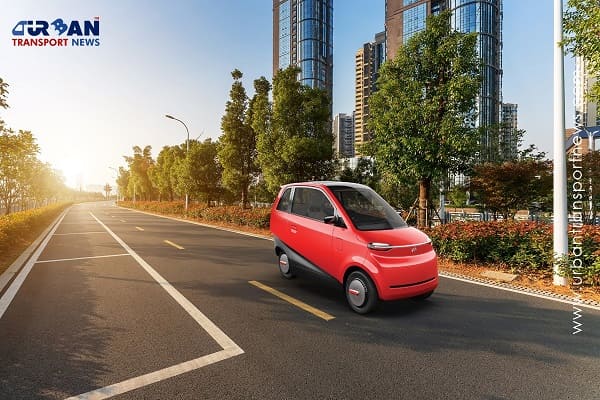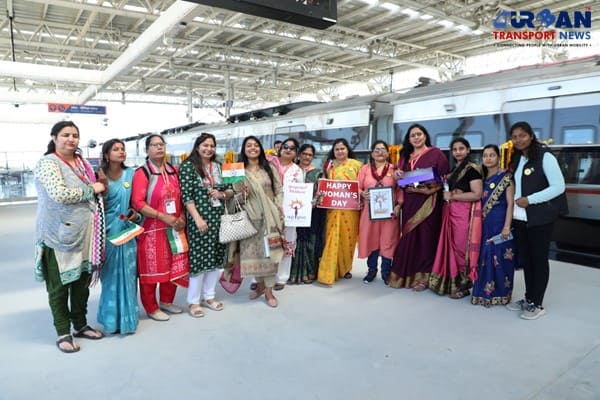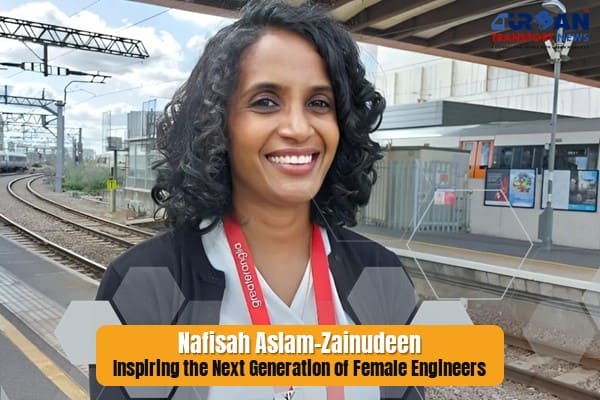 Nafisah Aslam-Zainudeen: Inspiring the Next Generation of Female Engineers
Nafisah Aslam-Zainudeen: Inspiring the Next Generation of Female Engineers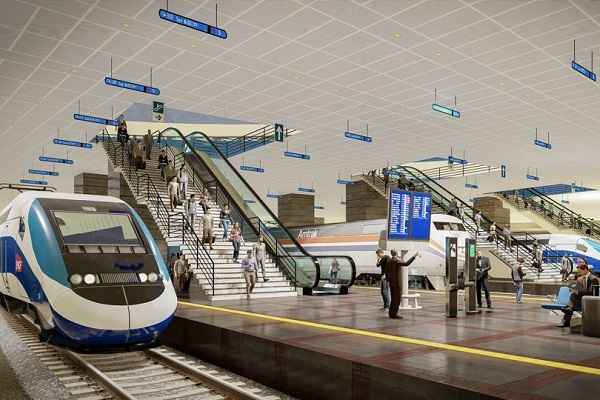 DRA-DMRC JV awarded major contract for redevelopment of Ahmedabad Railway Station
DRA-DMRC JV awarded major contract for redevelopment of Ahmedabad Railway Station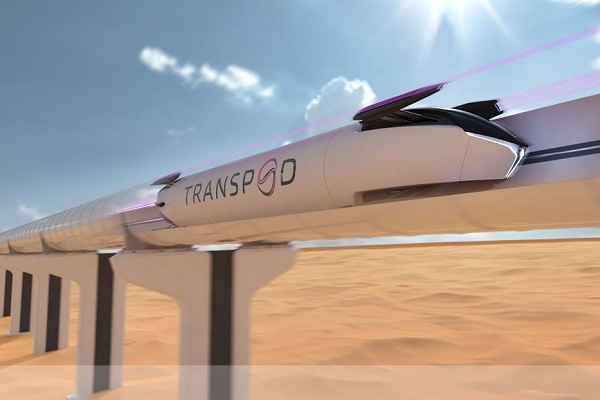 Revolutionizing Transportation: Hyperloop Technology in Saudi Arabia
Revolutionizing Transportation: Hyperloop Technology in Saudi Arabia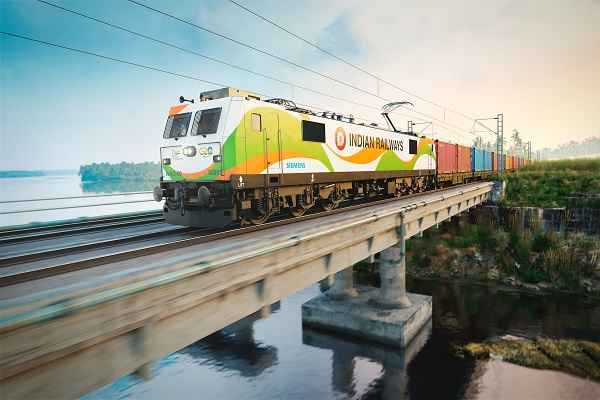 India is not just a market, it is becoming a beacon of hope for the future: Siemens AG
India is not just a market, it is becoming a beacon of hope for the future: Siemens AGSATEBA acquires Rail Business of De Bonte Group in Belgium
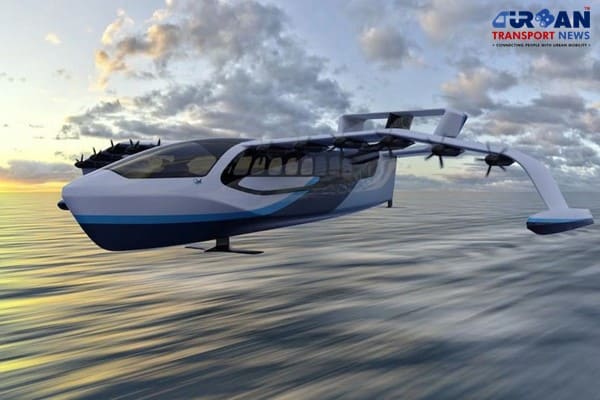 Regent to launch High-Speed Seagliders to transform coastal transportation in UAE
Regent to launch High-Speed Seagliders to transform coastal transportation in UAE California commences construction on $12bn Los Angeles - Vegas High Speed Rail Project
California commences construction on $12bn Los Angeles - Vegas High Speed Rail Project Kochi Water Metro floats tender to procure 15 more electric-hybrid ferries
Kochi Water Metro floats tender to procure 15 more electric-hybrid ferries Siemens Mobility-Hassan Allam Construction JV Sign Contract for UAE – Oman Railway Link
Siemens Mobility-Hassan Allam Construction JV Sign Contract for UAE – Oman Railway Link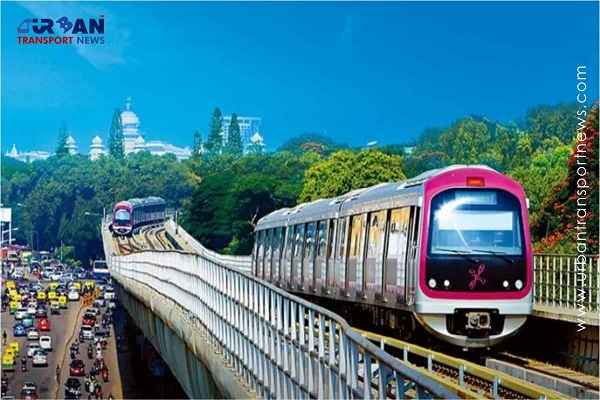 What is better public transport option for Bengaluru - RRTS or Metro Expansion?
What is better public transport option for Bengaluru - RRTS or Metro Expansion?
How to create better and more inclusive urban mobility stations?

Mobility stations generally refer to transportation hubs or intermodal facilities where different modes of transportation intersect. These stations are designed to facilitate smooth transfers between various modes, such as buses, trains, trams, bicycles, and shared mobility services. The goal is to provide convenient and efficient transportation options for individuals to travel within and between different areas.
When designing mobility stations, the principles of inclusivity and accessibility should be considered to ensure that they cater to the needs of all users. The suggestions provided in the previous response still apply to creating better and more inclusive mobility stations. By considering factors like accessibility, universal design, real-time information, safety, seating and waiting areas, wayfinding and signage, amenities and facilities, sustainability, and continuous feedback, you can enhance the overall user experience and create inclusive transportation hubs that serve the diverse needs of the community.
Creating better and more inclusive mobility stations involves considering the needs and preferences of a diverse range of users. Here are some key considerations and steps to take:
1. Conduct user research: Start by understanding the needs, challenges, and preferences of different user groups. Engage with individuals with disabilities, elderly people, parents with children, and other marginalized communities. Gather insights through surveys, interviews, and focus groups to inform the design process.
2. Accessibility and universal design: Ensure that mobility stations are accessible to all individuals, regardless of their physical abilities. Incorporate universal design principles, such as ramps, elevators, and tactile paving, to accommodate wheelchair users, people with mobility aids, and those with visual impairments. Provide ample space for maneuvering and consider the height and reach of various amenities.
3. Multimodal options: Create a comprehensive transportation hub that integrates various modes of transportation, including buses, trains, trams, bicycles, and shared mobility services. Design the station layout to facilitate smooth transfers between different modes, minimizing the distance and obstacles.
4. Real-time information: Install digital signage, audio announcements, and mobile applications to provide real-time information on schedules, routes, delays, and service changes. Ensure that the information is available in multiple formats, such as visual, audio, and tactile, to cater to individuals with different needs.
5. Safety and security: Enhance the safety and security features at mobility stations. Install well-lit areas, surveillance cameras, emergency call points, and visible signage to deter crime and increase users' sense of security. Design the station layout to facilitate clear lines of sight for improved visibility.
6. Seating and waiting areas: Provide comfortable seating options that accommodate individuals with different abilities and body sizes. Consider incorporating benches with armrests, backrests, and accessible spaces for wheelchair users. Create covered waiting areas with protection from weather conditions.
7. Wayfinding and signage: Use clear and inclusive signage throughout the mobility station. Provide directional signs, maps, and landmarks to help users navigate the station easily. Use large, high-contrast fonts and pictograms to ensure visibility for people with visual impairments.
8. Amenities and facilities: Offer a range of amenities to cater to different user needs. Include accessible restrooms, drinking fountains at different heights, charging points for electric mobility devices, and storage facilities for bicycles or strollers. Consider the needs of breastfeeding parents and provide suitable spaces for privacy and comfort.
9. Green and sustainable features: Integrate environmentally friendly elements into the station design. Incorporate energy-efficient lighting, solar panels, rainwater harvesting systems, and green spaces to improve air quality, reduce environmental impact, and enhance the overall user experience.
10. Continuous feedback and improvement: Establish channels for user feedback and engage with the community to continuously improve the design and functionality of mobility stations. Regularly assess the effectiveness of the station design and make necessary adjustments based on user feedback and changing needs.
Remember, inclusivity should be a core principle throughout the design process. By involving diverse users and considering their needs, you can create mobility stations that are accessible, welcoming, and user-friendly for all individuals.





